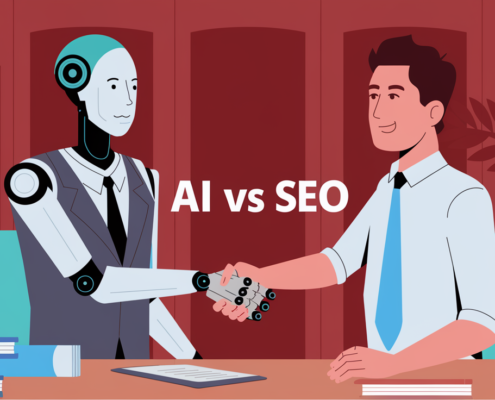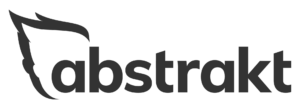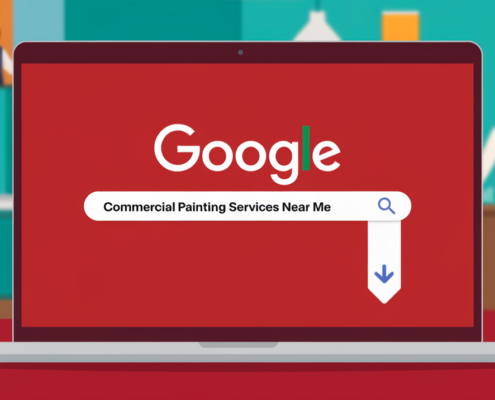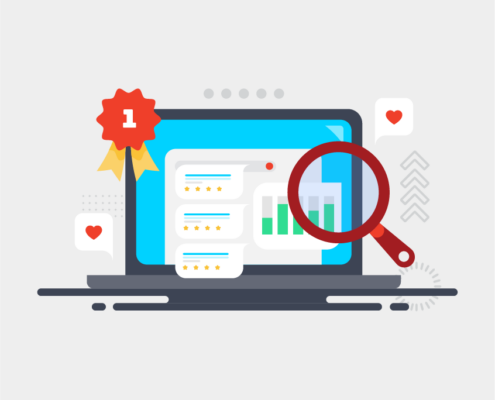

SEO as Organic Farming vs. PPC as Buying Produce from the Store
Think of SEO as cultivating your own garden. You plant seeds, water them regularly, and with time, they grow into a healthy crop that provides a steady harvest. It takes time and ongoing effort to see the results, but once established, it can provide long-term benefits with minimal upkeep.
On the other hand, PPC is like buying produce from the store. You get instant results, but you have to keep paying for it every time you want more. While it’s quick, the costs can add up, and the results aren’t sustainable without continuous investment.
SEO as Building a House vs. PPC as Renting an Apartment
SEO is like building your own house: it requires a lot of upfront investment and time, but once the structure is in place, it’s yours to enjoy for as long as you maintain it. You’ll need to regularly renovate and make improvements to keep it fresh, but it will stand strong in the long run.
PPC, however, is like renting an apartment: you pay regularly for the space, and you can enjoy immediate benefits. However, you don’t own the space, and if you stop paying, the benefits disappear instantly.
Common SEO (Search Engine Optimization) Terms
- Organic Traffic: Visitors who come to your website through unpaid search engine results.
- Keyword: The specific words or phrases people type into search engines that trigger the display of a website.
- Backlink: A link from another website that points to your website. These are important for SEO rankings.
- Meta Tags: HTML tags that provide metadata about the content of a webpage, such as the meta title and meta description.
- SERP (Search Engine Results Page): The page displayed by a search engine in response to a user’s search query.
- On-Page SEO: The practice of optimizing individual web pages to rank higher and earn more relevant traffic in search engines.
- Off-Page SEO: Actions taken outside of your website (such as backlinks) to impact your rankings.
- Anchor Text: The clickable text in a hyperlink that is often used by search engines to determine the content of the linked page.
- Algorithm: A set of rules that search engines use to determine the ranking of web pages.
- Bounce Rate: The percentage of visitors who leave a site after viewing only one page, indicating potential issues with content or user experience.
- Long-Tail Keywords: Highly specific keyword phrases that are longer and more detailed, often leading to higher conversion rates.
- Content Marketing: The creation and distribution of valuable content designed to attract and engage a specific audience.
- Google Analytics: A web analytics service that tracks and reports website traffic, helping to analyze SEO performance.
- Domain Authority: A score that predicts how well a website will rank on search engines. It is influenced by factors such as backlinks and content quality.
- Crawl: The process of search engines scanning a website’s pages to index the content.
- Indexing: The process of adding web pages to Google’s search database so that they can appear in search results.
- Local SEO: Optimizing a website to appear in local search results, typically related to a specific geographic location.
Common PPC (Pay-Per-Click) Terms
- CPC (Cost-Per-Click): The amount you pay each time a user clicks on your ad.
- Ad Rank: A value used by Google Ads to determine the position of your ad in the search results.
- Quality Score: A metric used by Google Ads to measure the quality of your ads, keywords, and landing pages.
- Impressions: The number of times your ad is displayed to users on a search engine or other platforms.
- CTR (Click-Through Rate): The percentage of people who click on your ad after seeing it.
- Landing Page: The specific page on your website that users are taken to when they click on your PPC ad.
- Conversion: The action a user takes after clicking your ad, such as purchasing a product or signing up for a newsletter.
- Conversion Rate: The percentage of clicks that result in conversions.
- Ad Extensions: Additional information that can be added to your PPC ads, such as phone numbers, links to specific pages, or additional text.
- Remarketing: A strategy where you target ads to people who have previously visited your website but didn’t convert.
- Bid: The amount of money you are willing to pay for a click on your PPC ad.
- Targeting: The process of defining the audience you want your ads to reach based on factors such as location, demographics, interests, etc.
- PPC Campaign: A structured set of ads, keywords, and targeting settings to achieve specific business goals.
- Google Ads (formerly AdWords): Google’s online advertising platform where businesses can run PPC ads.
- Cost-Per-Conversion: The amount you spend on ads to generate a single conversion.
- A/B Testing: Testing different variations of your ads to see which version performs better.
- Negative Keywords: Keywords that prevent your ads from being shown to people who search for irrelevant terms.
Key Takeaways
SEO and PPC can be complex, but it makes it a little easier when you have a solid understanding of the terminology that goes into it. At Abstrakt Marketing Group, our digital marketing experts know the latest SEO and PPC best practices and apply them to our clients and our own business for an enhanced lead generation strategy.
If you need help implementing and optimizing your SEO and PPC campaigns, contact the experts at Abstrakt Marketing Group!




